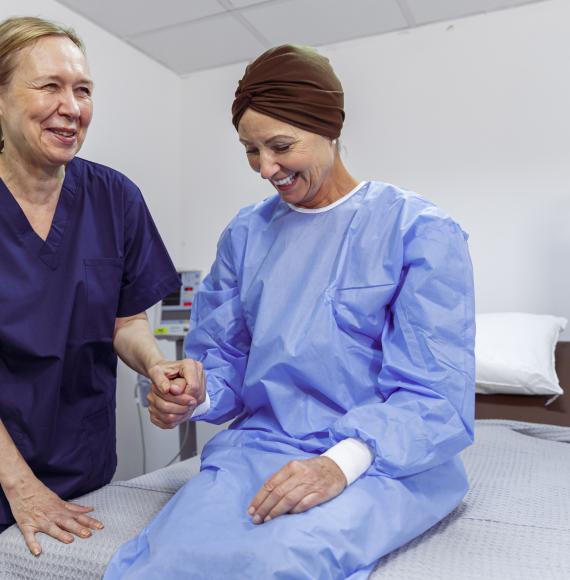Investing just £1 more per person in women’s health services like obstetrics and gynaecology could generate an estimated £319m for the economy in England, according to a major new NHS report.
This constitutes an 11-fold return of investment for every £1 extra invested in women’s health, according to the analysis conducted by the NHS Confederation, Create Health Foundation, and London Economics.
The investigation canvassed three main themes, including the:
- impact gynaecological conditions have on labour market outcomes;
- potential ROI from boosting obstetrics and gynaecology investment; and
- stark health inequalities faced by women across the country.
Findings
The headline findings from the study include absenteeism – specifically from heavy and painful periods, endometriosis, fibroids and ovarian cysts – costing the UK economy almost £11bn a year.
Approximately 60,000 women, meanwhile, are unable to work due to physical and mental health-related menopausal symptoms.
Getting this cohort of women back into the labour market, with the average wage of a woman between 46-55, could see around £1.5bn funnelled back into the economy, according to the study.

The researchers also found that the local health systems that could be classified as ‘high investors’ in women’s health reported fewer staff sickness absences compered to ‘low investors’.
A link between socioeconomic factors and health inequality was also drawn – the local authorities with more ethnically diverse populations were found to experience poorer access to women’s health services, while the areas with high deprivation reported worse overall outcomes for women.
The findings were informed from data taken from the British Cohort Study and the Reproductive Health Survey.
Recommendations
The report’s co-authors – Bridget Gorham and Olivia Langham – have outlined a range of recommendations for government and national bodies.
These include allocating protected integrated care system funding for the remaining eight years of the Women’s Health Strategy for England, as well as distributing extra funding based on regional variations in need.
The authors also call for annual increases in public research funding for conditions that impact women differently, disproportionately or exclusively.
This is in addition to capturing disaggregated data to observe the intersecting inequalities in women’s lives, as well as improving education and training so healthcare professionals can better address the conditions than only affect women or those that affect women and men differently.
The time for decisive action
“The findings demonstrate that investing in women’s health services is not merely a matter of improving health outcomes; there is also an economic imperative that has far-reaching benefits across our society,” said policy director at the NHS Confederation, Dr Layla McCay.
“Now is the time for decisive action, and we urge the government to include these critical measures in their 10-year health plan.”
Founder at the Create Health Foundation, Professor Geeta Nargund, added: “Our report’s findings are unequivocal; women’s health issues and the disparity in gynaecological care, represent a pressing public health challenge and one that is directly impacting our nation’s economy.
“Severe period pain alone costs the UK £3.7bn annually in absenteeism, while severe perimenopause and menopause symptoms are estimated to result in £191m in lost productivity per year.
“In light of these stark findings, it is imperative that our new government urgently reviews investment to support the Women’s Health Strategy beyond March 2025.”
Funding for women’s health would be a crucial step in closing the gender health gap as well as achieving economic prosperity, added Prof Nargund who is also a senior NHS consultant.
Image credit: iStock



















